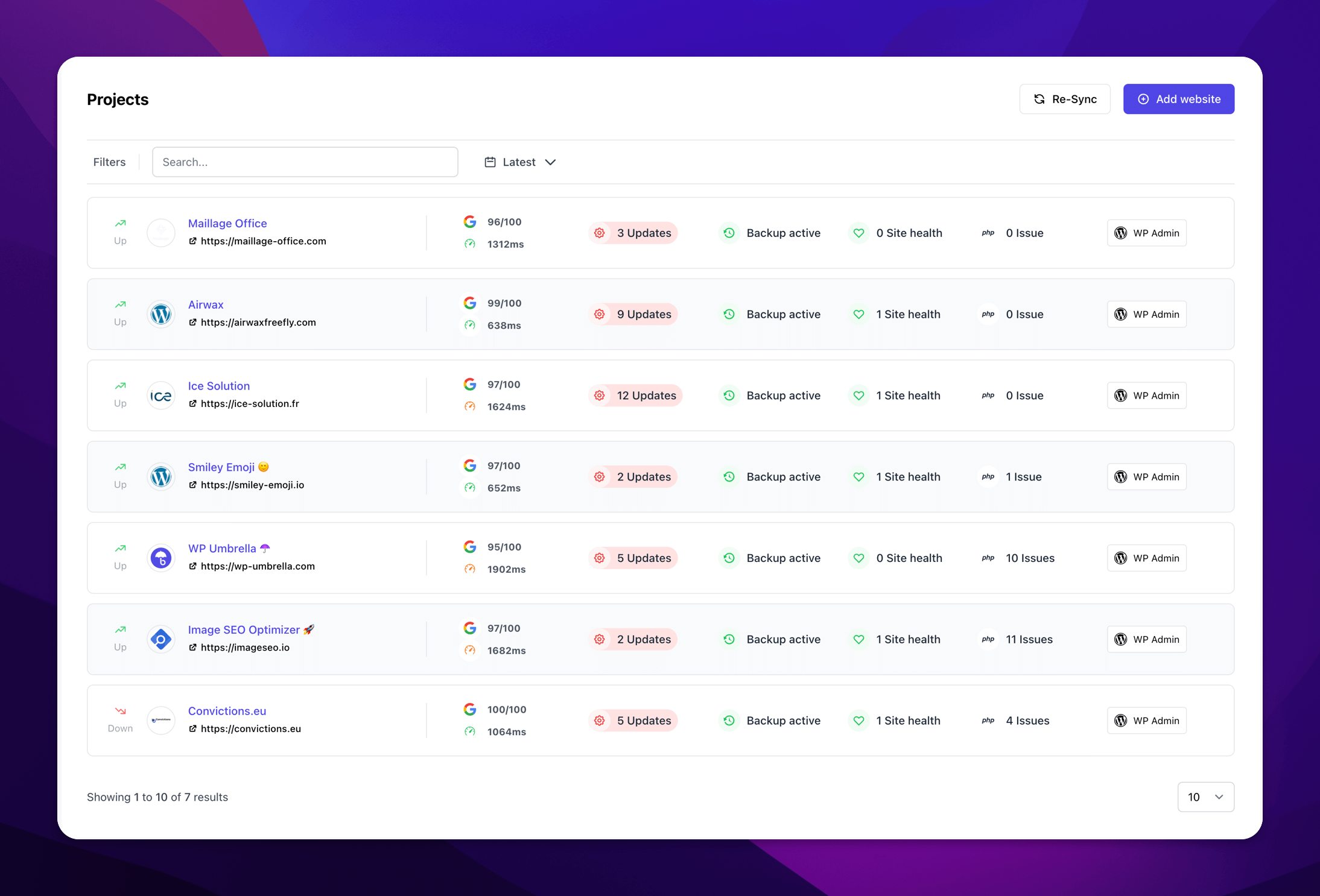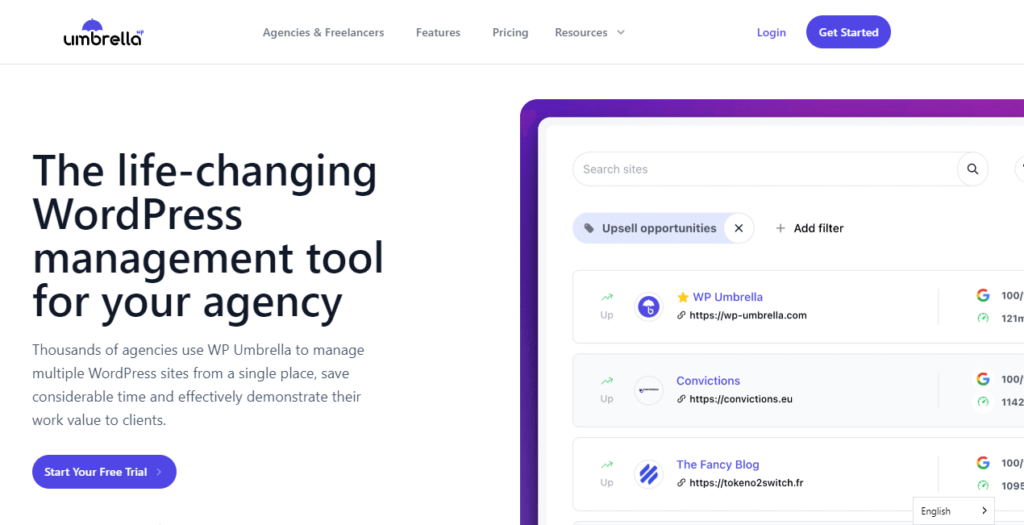The Ultimate Client Onboarding Checklist

Client onboarding is a crucial step in the journey of every business, whether you’re a flourishing enterprise or a dynamic freelance operation. A well-orchestrated onboarding experience impresses new clients, boosts client retention, and minimizes churn.
There are numerous elements to consider, and for those new to the agency world or web development freelancing, it can seem like an overwhelming task. Where do you begin? How do you ensure you’re covering all the bases?
In this comprehensive six-step client onboarding checklist, you’ll learn how to streamline your process to meet and exceed client expectations.
What is client onboarding?
Client onboarding is the process of integrating a new client into your business. It helps you establish a clear understanding of the client’s needs, expectations, and objectives and sets the groundwork for a successful partnership.
The essence of efficient client onboarding lies in:
- The ability to put the client’s needs and experiences at the forefront. A customer-centric approach ensures that every interaction is tailored to meet the client’s unique requirements and preferences.
- Clear and consistent communication that keeps the lines of dialogue open to ensure clients are always in the loop. This transparency fosters trust and sets clear expectations, which are fundamental in any business relationship.
- Maintaining a positive outlook in all interactions, regardless of the circumstances. This positivity not only reflects the professionalism of your business but also reassures clients that they are in capable hands, even when challenges arise.
- Meeting, and ideally exceeding, the expectations you’ve set with your clients to assure them that they made the right choice in selecting your services. This fulfillment is a testament to your reliability and competence.
- Being transparent and open about processes, pricing, timelines, and any challenges that might emerge. Such honesty builds trust and cements the client’s confidence in your business.
An effective onboarding process aligns closely with these values, ensuring that every client feels valued, understood, and confident in their choice to work with you.
Why is client onboarding important?
Client onboarding sets the tone for the entire client relationship, influencing everything from project outcomes to client satisfaction – here’s why:
- Clarifying business goals: Client onboarding is an opportunity to fully understand what your client hopes to achieve and align your services to meet these objectives. It’s a vital alignment in website development and maintenance, where goals can range from increasing online presence to enhancing user experience.
- Creating a framework of regular and transparent updates: Keeping the client informed throughout the project development is key. This ongoing communication keeps clients in the loop and builds trust, showing that you value their input and are committed to keeping them informed.
- Setting clear expectations: This includes outlining project timelines, deliverables, and any potential challenges. Clear expectations prevent misunderstandings and ensure that both parties are on the same page, which is essential for a smooth project flow.
- Facilitating long-term success of client relationships: A well-executed onboarding process leaves a lasting positive impression, increasing the likelihood of repeat business. Clients who have a positive initial experience are more likely to return for future projects and recommend your services to others.
Ready to boost your productivity, impress your clients and grow your WordPress agency?
Install WP Umbrella on your websites in a minute and discover a new way to manage multiple WordPress sites.
Get Started for free
Step-by-step guide to effective client onboarding

1. Set clear expectations for your partnership
The initiation of a successful new client onboarding process begins immediately after the formalities of signing an agreement. This first step involves reaching out to your new client with a welcome email, an important gesture that shows professionalism and readiness for the partnership.
The welcome email should include:
- A comprehensive breakdown of the onboarding process to guide the client through what they can expect in the immediate term.
- The main point of contact for the client. This can be the project manager, account executive, or even the developer, depending on your business structure. If the client will be interacting with multiple team members whose roles are not yet defined, assure them that these contacts will be confirmed during the project kickoff meeting.
- A reiteration of the key parameters of the established contract, including deliverables, timelines, payment terms, and any other important details. Restating these elements helps to reaffirm the mutual understanding and agreement, eliminating any potential confusion down the line.
- An outline of any requirements or inputs needed from the client at this stage. This might include access to certain resources, provision of specific information, or completion of preliminary tasks. Making these requirements clear from the start prevents delays and ensures a smooth transition to the next stage of the onboarding process.
A portrayal of your enthusiasm and confidence about the partnership. Let the client know they have made the right choice by selecting your services and express your eagerness to get started. A personal touch, such as a welcome pack or a small token of appreciation, can go a long way in solidifying a positive and lasting impression.
2. Define your internal project team
The preparation and composition of your internal project team facilitates the smooth transition from client acquisition to project execution. This step is vital and should be completed before the formal kickoff of the client partnership to ensure an efficient and client-focused experience.
Set up a designated primary point of contact for the client. This individual will be the client’s go-to person for any queries, concerns, or updates. Having a single point of contact eliminates any confusion or uncertainty on the client’s part about who to reach out to.
To foster the best possible relationship with the client, assigning a project lead who shares commonalities with the client based on similar industries or products is advantageous. Such alignment enhances understanding and empathy, leading to a more personalized and effective service.
For internal knowledge communication, make sure to share the following aspects:
- Comprehensive project summary: The sales team or whoever was involved in the client acquisition process should provide a detailed summary of the project. This includes the scope, objectives, and any specific requirements or challenges discussed during the negotiation phase.
- Client’s Key Performance Indicators (KPIs) and expectations: These should be clearly communicated to the project team to align efforts with the client’s goals.
- Previous communications: All prior communications with the client should be shared with the project team. This historical context is invaluable in understanding the client’s journey, concerns, and preferences.
- Research on the client and their business: Any research that was conducted on the client, their business, or relevant products and services during the sales process should be handed over to the project team. Such knowledge can provide deeper insights into the client’s industry, competition, and market positioning.
Other relevant information: Pertinent information that could impact the project or client relationship should be relayed. This might include specific client requests, unique business practices, or cultural considerations.
3. Send an in-depth client onboarding questionnaire
While preliminary discussions during the sales process provide a general understanding of the client’s needs and how your agency or business can meet them, a comprehensive questionnaire delves deeper, ensuring you have all the necessary details before the project kickoff.
Here’s what you need to ask about in the questionnaire:
- Client objectives: A critical section of the questionnaire should focus on what the client aims to achieve through the partnership. Go beyond the basic objectives discussed initially and dive into the specific goals and aspirations the client has for the project.
- KPIs and metrics: Understanding the KPIs or specific metrics the client is particularly interested in is essential for aligning your efforts with their expectations. This section of the questionnaire should prompt the client to specify the benchmarks for success from their perspective.
- Client preferences and examples: Ask the clients to provide examples of work (either from your portfolio or elsewhere) that they like. This can give your team valuable insights into the client’s aesthetic preferences and stylistic inclinations.
- Target market and customer profiles: Encourage clients to share detailed information about their target audience, including demographics, behaviors, needs, and challenges.
- Access requirements: If your project requires access to the client’s existing software, digital platforms, or other tools, this is the time to request login information or necessary permissions. Clearing these access requirements early on prevents delays once the project is underway.
- Brand style guides and resources: Request any brand style guides, existing marketing materials, or other relevant resources to ensure your work is consistent with the client’s existing brand identity and messaging.
4. Hold a project kickoff meeting
Conducting a project kickoff call brings together key stakeholders from both your team and the client’s side to align on objectives, expectations, and the project plan. The key elements of a successful kickoff meeting entail:
- Preparation: Prior to the meeting, ensure that all participants have received and reviewed relevant documents such as the onboarding questionnaire responses, project scope, and any preliminary plans.
- Attendance: Ensure that all key team members who will be working on the project are present, along with the primary contacts from the client’s side. This can include project managers, creative leads, and specialists whose input will be crucial for the project’s success.
- Agenda setting: Start the meeting with a clear agenda. Outline what will be discussed and in what order. This keeps the meeting focused and efficient. An agenda typically includes project objectives, timelines, roles and responsibilities, key deliverables, and immediate next steps.
- Clarifying project objectives: Use the kickoff meeting to discuss and clarify the objectives and goals. This is a time to ensure that everyone’s understanding aligns with what was gathered from the onboarding questionnaire and previous discussions.
- Discussing roles and responsibilities: Clearly define and communicate the roles of each team member, both from your agency and the client’s team, to avoid overlaps and gaps in responsibilities.
- Reviewing timelines and deliverables: Go over the project timeline in detail, highlighting key milestones and deliverables. Also, discuss any dependencies or critical paths that may affect the project schedule.
- Addressing questions and concerns: Allow time for questions and discussions for both sides to raise any concerns, seek clarifications, and offer insights. An open dialogue during the kickoff meeting can prevent misunderstandings and set a positive tone for communication throughout the project.
- Next steps and follow-up: Conclude the meeting by summarizing the main points discussed, outlining immediate next steps, and setting dates for future check-ins or meetings. It’s important that everyone leaves the meeting with a clear understanding of what is expected and what comes next.
5. Align on the client project internally
Hold an internal meeting where your team can regroup, process, and plan based on the insights and agreements from the kickoff meeting.
- Key takeaways from the kickoff meeting: Make sure that every team member has a consistent understanding of the client’s expectations, project objectives, and any specific nuances or preferences that were discussed.
- Addressing potential issues early: Use this time to identify and tackle any potential issues or challenges that might have emerged during the kickoff meeting.
- Ensuring access and resources: Confirm that every member of the project team has access to all necessary resources, tools, and information required to deliver their part of the project effectively. This includes client data, project management tools, brand guidelines, and any other relevant documentation.
- Clarifying next steps and timelines: Lay out a detailed plan for the immediate next steps, including specific tasks for each team member and associated timescales for delivery.
- Open forum for team queries: Provide an opportunity for team members to ask questions or seek clarifications about the project. This could concern their specific responsibilities, client preferences, or any other aspect of the partnership. Encouraging open communication within the team fosters a collaborative environment and ensures that everyone is on the same page.
- Documenting and sharing information: Ensure that all the points discussed, decisions made, and action items are well-documented and shared with the entire project team. This documentation serves as a reference point and helps in tracking progress and accountability.
6. Organize regular follow-ups
The project kickoff meeting is only the beginning of your partnership with the new client. From there, ongoing communication becomes the key to maintaining client satisfaction and fostering long-term retention.
Organizing regular follow-ups is necessary in keeping the lines of communication open and transparent. Depending on the client’s preference, these could be scheduled meetings or regular reports. The frequency and format of these follow-ups should be agreed upon during the project kickoff meeting to align with the client’s comfort and needs.
Each follow-up should include:
- Updates on the progress of the project, focusing on the metrics and KPIs that are most important to the client and offering a clear and concise overview of where things stand.
- Discussions on any potential roadblocks or challenges. Proactively addressing these issues and proposing solutions reinforces your commitment to the project’s success and the client’s satisfaction.
- Collecting feedback from the client on their experience of the partnership. Ask for their input on what is working well and any areas they feel could be improved. This feedback is invaluable for making real-time adjustments and enhancing the client experience.
If the partnership is going well and you’ve established a strong rapport with the client, follow-ups can also be a strategic opportunity to introduce additional products or services. Offer solutions that could further contribute to the client’s success, demonstrating your ongoing commitment to their business growth.
Keep in mind that effective client onboarding is about getting off to a good start, maintaining momentum, adapting to changing needs, and consistently delivering value.
Maximizing the success of your onboarding process
Each client is unique, with specific needs, goals, and preferences. Tailoring your onboarding process to these individual characteristics demonstrates attentiveness and a commitment to personalized service. Understand the client’s business and industry challenges, and tailor your communication and approach to address these aspects.
The end of the onboarding process does not equal the end of regular communication. Establishing consistent touchpoints beyond onboarding helps maintain a strong relationship. Schedule regular check-ins, updates, or review meetings as part of your ongoing project management to keep the client engaged and informed.
Utilize software tools to efficiently manage and organize your client projects. Tools like Basecamp and Asana offer excellent frameworks for project tracking, task management, and team collaboration. These tools enhance organization, streamline communication, and ensure that all project members are aligned.
For those managing multiple WordPress sites, WP Umbrella is particularly beneficial, providing a specialized platform for overseeing various aspects of WordPress project management.

Implement a feedback loop with your clients and team members. Encourage honest feedback on the onboarding process and be open to making changes based on this input. This feedback is invaluable for making continuous improvements. The goal is to create a dynamic onboarding process that evolves over time, remaining relevant and effective
Next steps for improving client onboarding and management
The importance of an effective client onboarding process cannot be overstated. This process is the gateway to ensuring client satisfaction and retention, setting the stage for a long and successful partnership.
There isn’t a one-size-fits-all approach to client onboarding. Tailoring the steps outlined in this guide to fit your business model and cater to the unique needs of your clients is essential for the process to be truly effective. Each client brings a unique set of expectations and requirements, and your ability to adapt and respond to these will define the success of your onboarding strategy.
For businesses or agencies juggling multiple client projects, especially across WordPress sites, maintaining a comprehensive overview of every project’s progress is necessary. This is where WP Umbrella comes into play.
WP Umbrella is an indispensable tool for WordPress site and project management, offering key features such as:
- A single cohesive dashboard: Manage all your projects from one convenient location.
- The ability to execute bulk actions: Update and manage multiple websites simultaneously, saving time and ensuring consistency.
- Automated maintenance reports: Schedule and send maintenance reports to clients, keeping them informed and engaged.
- Comprehensive monitoring: Stay on top of website performance, security, and updates.
Embrace the power of efficient, streamlined, and effective WordPress project management with WP Umbrella and take your business to the next level!
